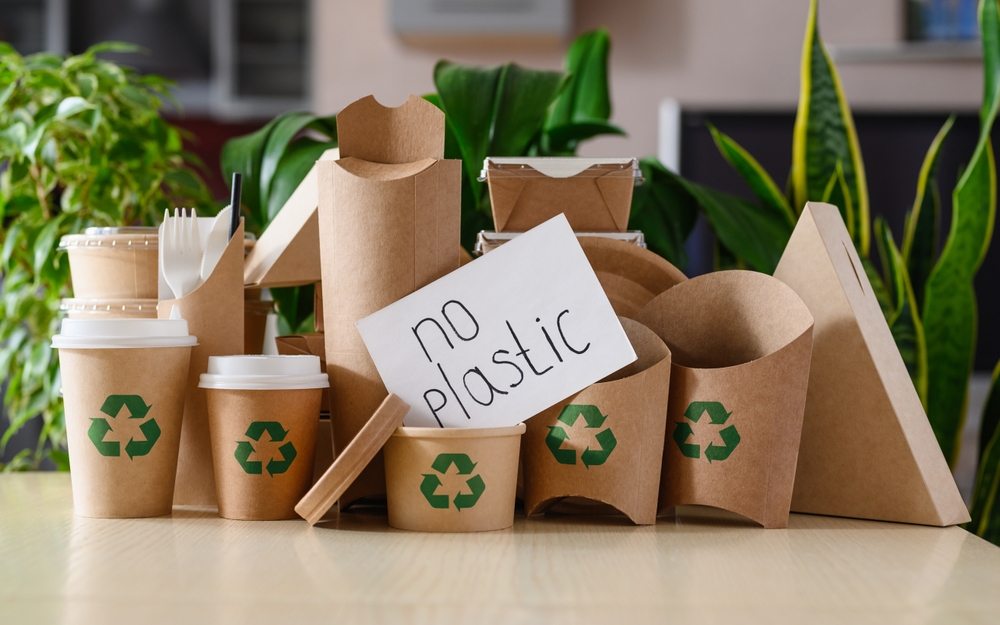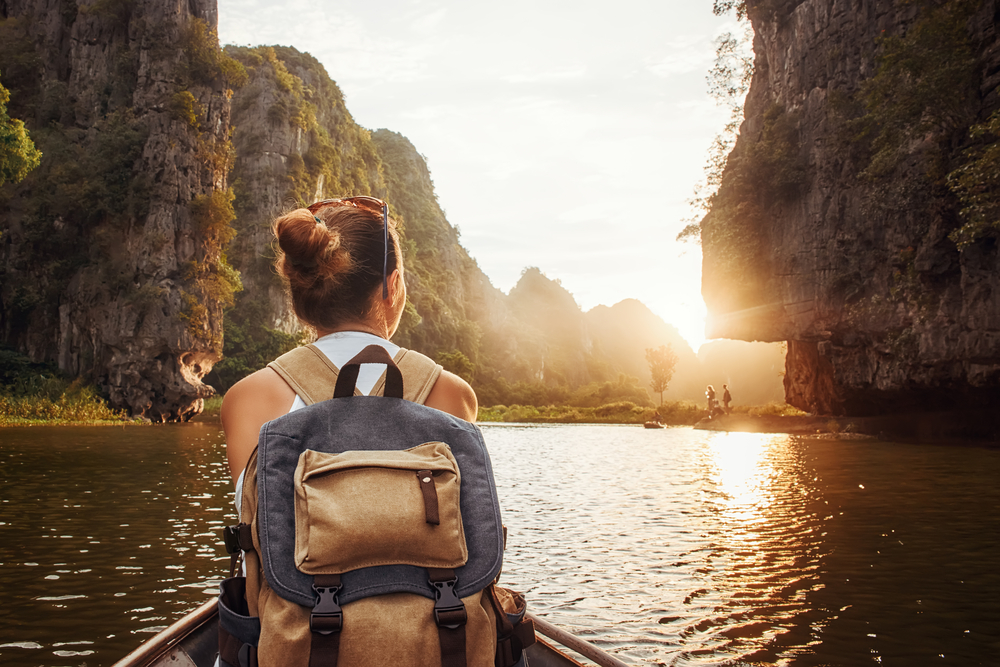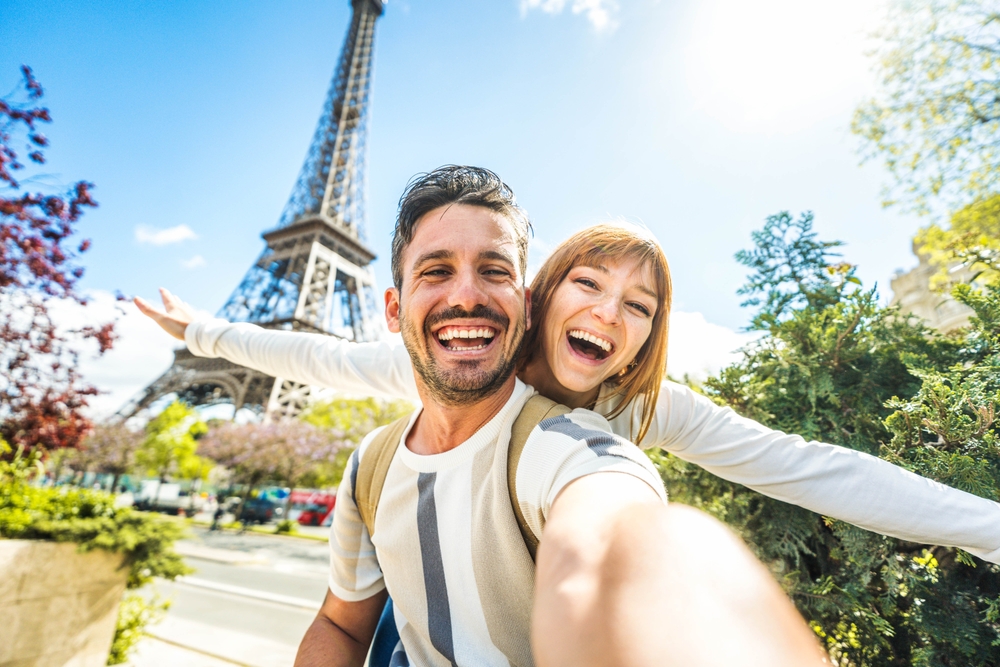With around 90% of ocean plastic derived from land-based sources and the annual damage of plastics to marine ecosystems Rethinking single-use plastic products requires collaboration across the board – from businesses to governments to people.
Water bottles, disposable toiletries, plastic bags, bin liners, food packaging and cups are among the biggest plastic polluters.
So, what can we travellers do to make better choices?
1. When packing, think reusable! This might include packing things like reusable masks, a refillable water bottle or even your own toiletries. This can have a real impact on reducing any unnecessary single-use plastic products.
2. Remember when out and about – try to bring items that help reduce waste in places like restaurants and shops. This might include using your own straw made from glass or stainless steel, or cloth shopping bags.
3. Reduce and dispose of waste responsibly. We inevitably produce waste, so when you do, make sure you dispose of it properly and look for the appropriate recycling bins.
4. Educate and encourage others. Talk to your family, friends and colleagues about the choices you are making to travel responsibly and sustainably. This helps to sensitise people around you to think twice about their single-use plastic consumption and can have a positive impact.
5. REMEMBER – not all destinations you visit have the same resources or infrastructure. It is key that the alternatives we use for single-use plastic are actually a better trade-off. The rule of thumb is – avoid single-use items as much as possible for you and your family, regardless of the material they are made from.



